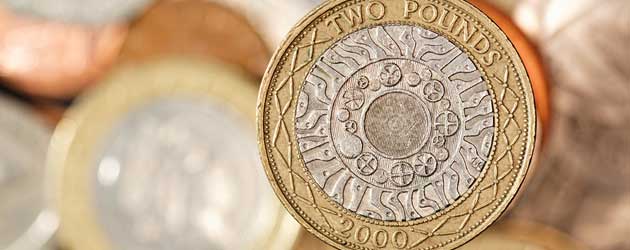
The Pound to US Dollar exchange rate (GBP/USD) declined by just under 2 cents yesterday evening during Federal Reserve Chairman Ben Bernanke’s policy statement. The Fed Chief indicated that the Central Bank is planning to de-construct its asset purchasing programme bit-by-bit over the next twelve months.
Bernanke insisted that US inflation would pick-up over the coming months to align itself with the Federal Reserve’s long-term target rate of 2.0%. Whilst the Fed Chairman acknowledged that economic growth could be slightly softer than previously forecast during 2013 – he reduced his growth projections from 2.3%-2.8% to 2.3%-2.6% – Bernanke insisted that the US economy is in good stead to lose its stabilizers and function without unconventional stimulus measures:
“The committee sees the downside risks to the outlook for the economy and the labour market as having diminished since the fall”.
Although the Fed elected to maintain its current asset purchasing target of $85 billion a month through June, markets plunged and the US Dollar soared in response to this key quote:
“The committee currently anticipates that it will be appropriate to moderate the monthly pace of purchases later this year, and if the subsequent data broadly aligned with our current expectations for the economy, we will continue to reduce the pace of purchases in measured steps through the first half of next year, ending purchases around mid-year”.
Essentially, Bernanke told markets that the current pace of economic expansion, warts and all, is considered sturdy enough to support an inevitable slowing of asset purchases later on in the year. Equity traders were especially alarmed by the admission that QE3 could be shut-down altogether by this time next year as long as the economy doesn’t suffer any more significant shocks.
The Pound to US Dollar exchange rate (GBP/USD) declined by just under 2 cents
The hawkish policy statement was not interpreted by investors as a sign of growing economic sentiment in the world’s largest economy; rather it was taken as a potential hazard. This can mean one of two things: either traders do not agree with the Fed’s optimistic assessment of the US economy, or markets have grown addicted to the point of reliance on Central Bank easing and do not want it to end. Neither option bodes well for risk sentiment.
However, one benefiter from the rise in risk aversion was the US Dollar. As the world’s primary reserve currency swooned into demand yesterday evening the Pound to US Dollar exchange rate (GBP/USD) sunk through significant support levels to consolidate at 1.5470.
The US Dollar also amassed a 1.3 cent gain against the Euro, a 1.35 cent appreciation against the Japanese Yen, a 1.0 cent rally against the Canadian Dollar and a 2.5-cent improvement against the Australian Dollar.
Against the high-risk New Zealand Dollar the ‘Greenback’ rose by 1.65 cents as the ‘Kiwi’ Dollar was impacted by a below-par first quarter GDP print of just 0.3%, down from 1.5% the previous quarter and softer than the 0.5% that analysts had expected prior to the release.

Comments are closed.